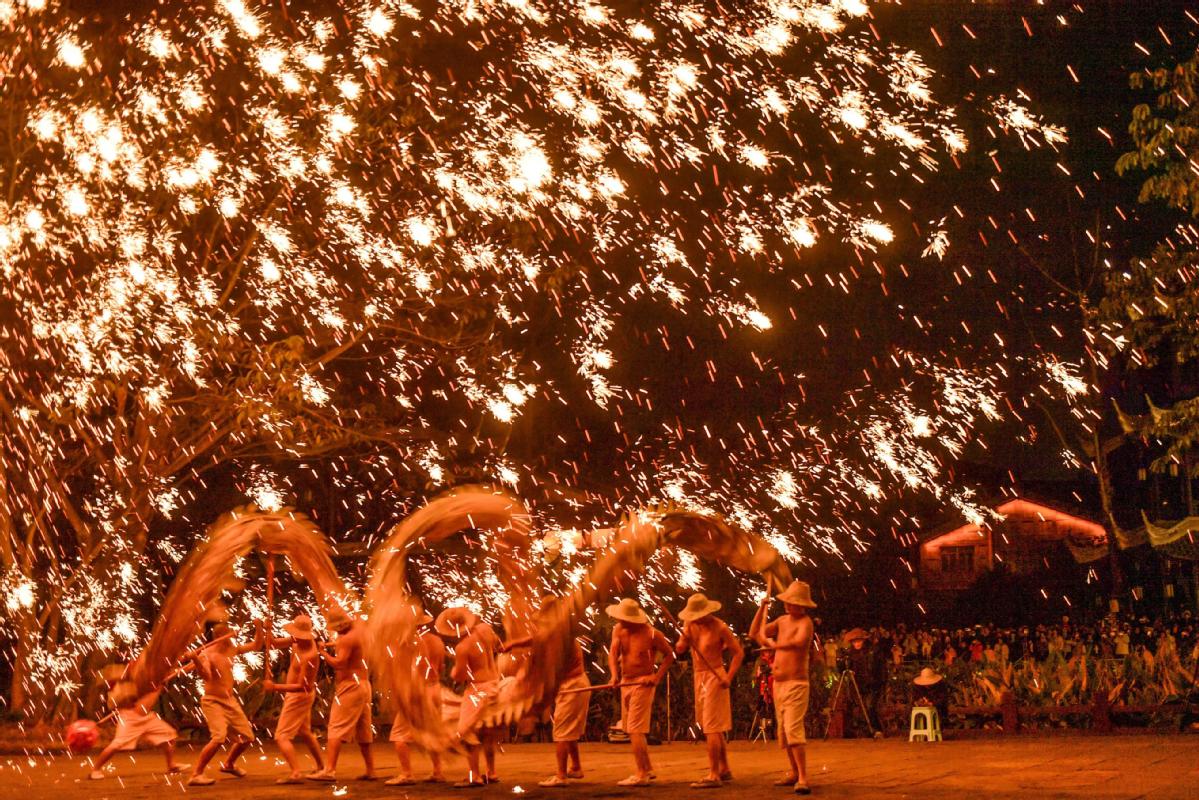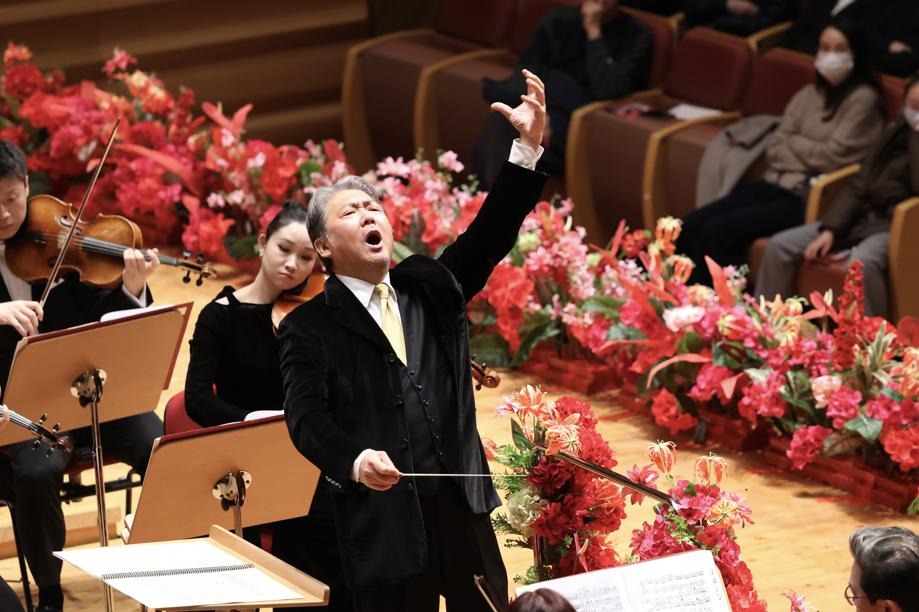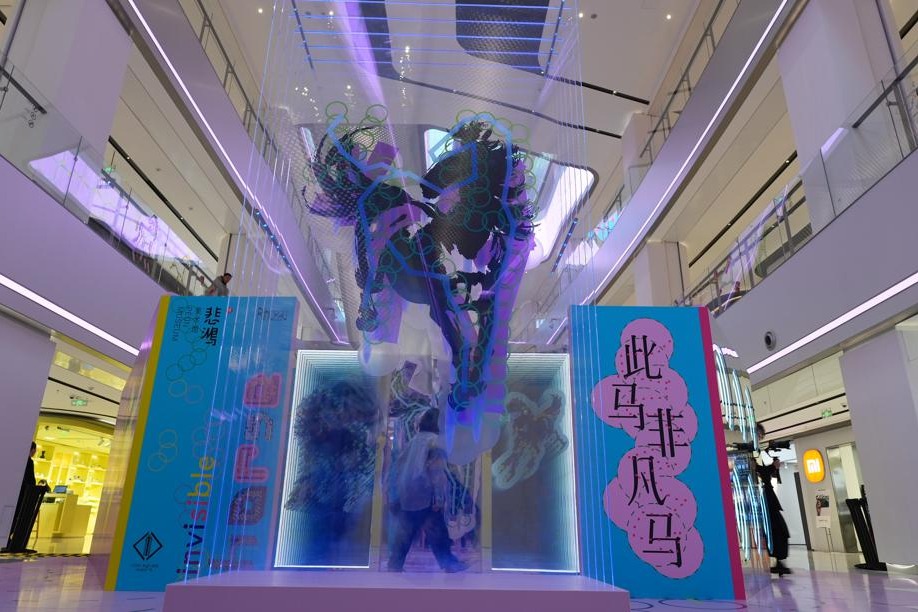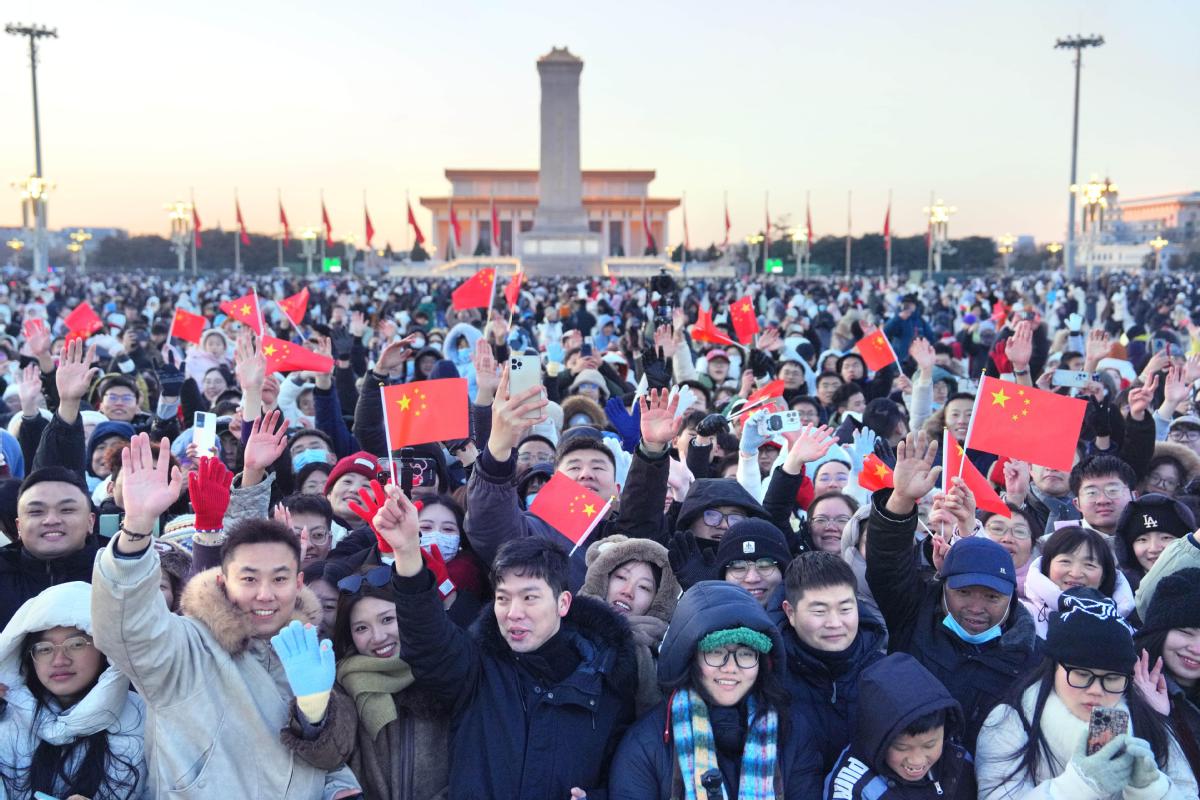Traditional values inspire Hong Kong creative talent


A strong and vibrant creative culture has been steadily evolving over the past decade in Hong Kong. This was primarily driven by the international art market, with the city becoming an increasingly important center of influence and emerging as a major global driving force.
This, in turn, ignited an influx of some of the most important art galleries in the world, which resulted in much greater emphasis on culture and the arts.
The growing talent pool of young local artists and designers receiving international recognition is rising along with the pathways and opportunities at their disposal. Local universities and colleges provide a wide range of undergraduate and postgraduate courses covering most facets of the creative arts.
Cultural roots often influence creative practice, and nowhere is this more evident than in the revival of traditional crafts that once formed an intrinsic part of the local community and economy. More handmade works are being created by young artists and designers who are passionate about heritage.
Unfortunately, most of the original artisans who inspired this younger generation are no longer alive, and neither are some of their traditions or trades. Those remaining are guardians of increasingly forgotten processes or old crafts who have dedicated their lives to perfecting their art. They go unnoticed, particularly in the high-octane environment more often associated with the busy urban life of the 21st century.
Constant redevelopment, escalating rents and gentrification of many areas have driven those remaining practitioners to the urban outskirts. But take a walk through the buzzing backstreets or alleyways in the less-affluent areas, and some can be found still plying their craft or trade.
Their dedication to their work has added to the vibrancy and texture of the city, and for decades those old-school entrepreneurs, often poorly educated or uneducated, carved out a respectable living and played an important role in cultural and economic development, which helped to create the rich tapestry that visitors associate with Hong Kong.
They supported their families and employed people in their local communities. They understood the value of education and its ability to enable their children or grandchildren to progress and avail themselves of ever-increasing opportunities that were presented in each new era.
These highly skilled artisans can still be found making mahjong tiles, bamboo bird cages or paper effigies by hand, and the intrinsic value of their craft or their influence should never be underestimated.
However, proud traditions live on, and the Centre for Heritage, Arts and Textile is a great example of an initiative that combines an important historical reference point with a platform and the support systems necessary to commercialize, encourage and develop creative talent.
In this case, the primary focus is the textile and garment industry, which was once an integral part of the industrial landscape, synonymous with increasing prosperity and a growing international reputation.
It is part of a not-for-profit regeneration project located on the site of a former weaving mill. It exemplifies an industry that went from handmade to machine-made and then through continuous cycles of industrial development until its demise in the early 1980s.
Today the fashion and textile industry is reemerging, with talented young designers at the forefront of high-quality garments, often handmade in Hong Kong, and embracing traditional fabric techniques with state-of-the-art technology.
A main showcase and source of income for many young artists, designers and independent producers are the array of pop-up evening and weekend markets that have become increasingly popular across Hong Kong. You can find exquisite handmade fashion or jewelry items alongside local craft beers or freshly produced organic foods and much more.
These markets are not simply a shopping experience, but also offer a more sociable retail experience. They are often the first stages in brand building, marketing and commercialization, and provide important feedback from potential clients.
In the performing arts, the pop-up West Kowloon Bamboo Theatre opened almost 10 years ago, with a vision to reach out and engage with a new generation of younger artists and audiences.
It was the forerunner of the Xiqu Centre, which was the first major venue to be completed in West Kowloon Cultural District, and has become increasingly popular with shows that were regularly packed before the COVID-19 outbreak.
The increasing success and profile of the creative industries in Hong Kong will be driven by savvy entrepreneurs whose experience, cultural heritage and soft skills will make a major contribution to continued social and economic prosperity.
The author is a commentator and chairman of the Multitude Foundation, a Hong Kong-based charitable trust.



































